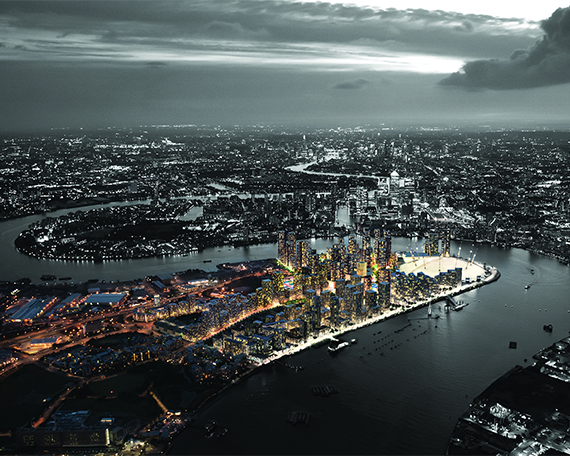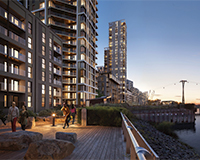
The big stories
• Buy-to-let crackdown What started as warnings from the FCA aimed at preventing market instability turned into a 3% stamp duty hike on top of stricter mortgage regulations. The consequences: freeing up more housing for owner occupation, and encouraging an institutional rental market.
• Permitted Development Rights Months of speculation saw Permitted Development Rights extended indefinitely, and included a surprising sub-clause allowing the demolition of offices without planning permission. Details are still few and far between on a policy that stimulated housing provision in the doldrums, but also led to the disappearance of millions of sq ft of office space.
• Stamp duty blow-back Top-end stamp duty reforms at the end of 2014 put a real dampener on the prime end of the London residential market which, combined with other factors, hit transaction levels hard – some pundits estimate by more than 30%.
• Right to Buy and Starter Homes A last-minute pledge, before the election was solidified in the Housing and Planning Bill, allowed housing association tenants to buy their homes and threw the sector into uproar.
At the same time the government brought forward Starter Homes to replace on-site affordable housing provision on development sites. The effects are still being contemplated.
2015 trends
• Feeling toppy Rising house prices, slower wage growth and caps on affordability all combined to cool off the London residential market, and moved on to the outer boroughs too. Agent forecasts put London’s future growth below that of the East and South East.
• PRS growth A slew of build-to-rent funds were launched, with European and US giants Patrizia, Greystar and LaSalle battling it out with smaller and home-grown talent, including local councils. Knight Frank estimates up to £50bn could be invested by 2020, but as London land prices rise, the focus was moved to the regions.
• Public/Private partnerships Partnerships, especially in London, are becoming increasingly prevalent, with the GLA announcing up to 99% of its land being either marketed or sold, and TfL mulling a move into the PRS. As costs continue to cast doubt on viability, public-private partnerships for large-scale sites are becoming the norm.
2015 schemes
• Go-ahead for more homes in Greenwich Hong Kong developer Knight Dragon secured planning consent for its revised £8.4bn scheme at Greenwich Peninsula, SE10. The masterplan is 50% larger, delivering 15,720 homes in total. As many as 28,000 people are expected to be living on the site by 2025
• DAMAC Secures Nine Elms Jenga tower The biggest developer of tall towers in the Middle East made its UK debut with the purchase of the £600m Vauxhall Bondway project, SW8, from McGrove.
• Berkeley bags West End Green After a decade of wrangling, the 2.7-acre site on the Edgware Road, W2, finally went to Berkeley Group for around £180m.
• Filton Airfield goes to YTL The home of Concorde was bought by Malaysian conglomerate YTL for close to £70m. The 353-acre site has planning for an £800m residential-led development.
• Apache & MODA PRS the button in Manc A £1bn partnership with Middle Eastern backing made its move into the PRS with the forward funding of a £130m, 458-home tower at Manchester’s NOMA.











